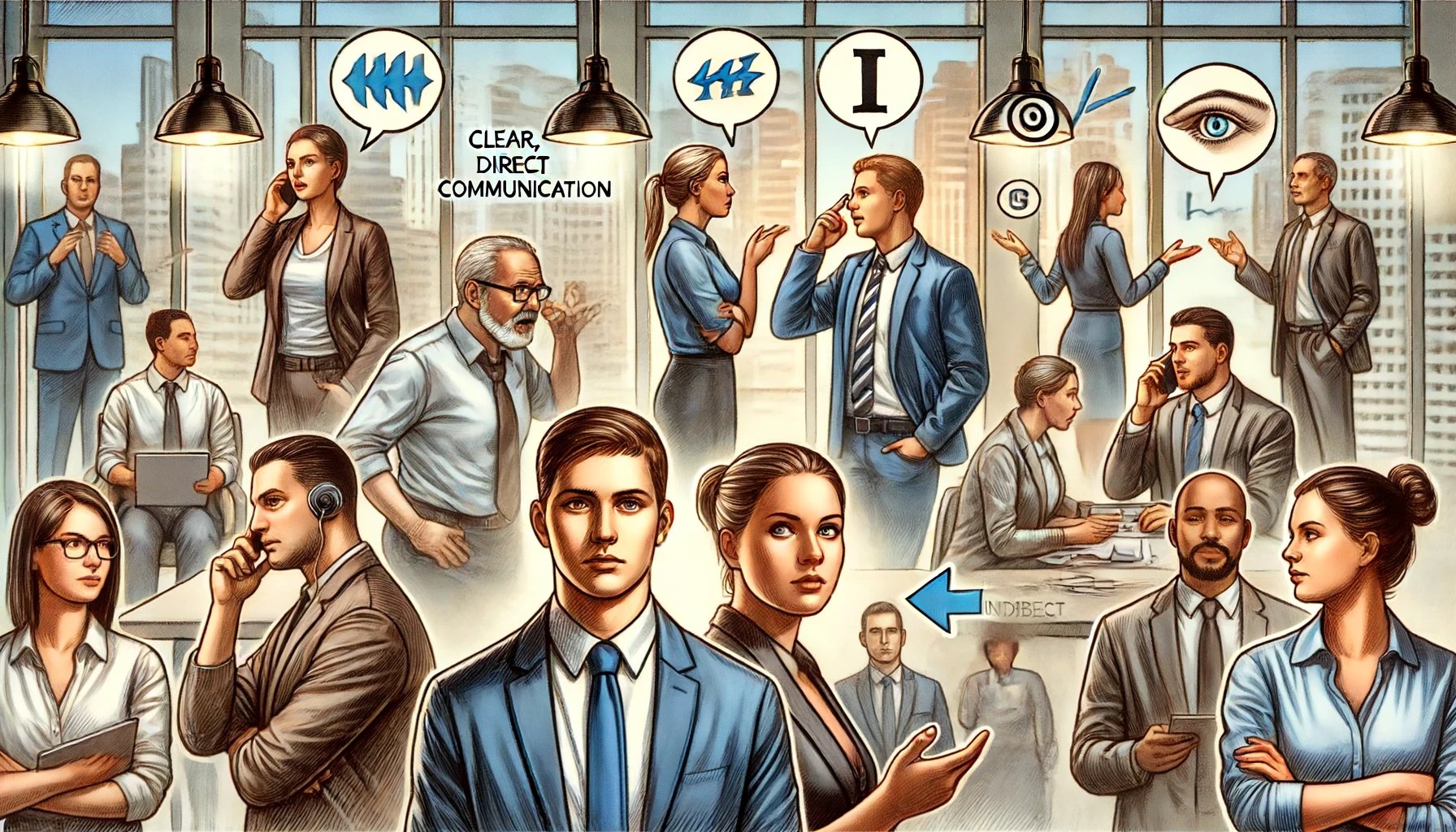Why Trying to Read Minds Is a Terrible Communication Strategy and What to Do Instead
Have you ever tried to guess what someone was thinking—only to realize later that you were way off? It's like playing charades with a mime—frustrating, confusing, and downright infuriating. Welcome to the world of indirect communication, where humans drop hints and expect others to read their minds.
In our everyday interactions, many of us resort to indirect language. Instead of saying, "I need help with this project," we hint, "I've been swamped with work lately." Instead of expressing feelings directly, we use subtle cues, hoping the other human will pick up on them. It's like we're speaking in code, expecting the listener to crack it.
But why do we do this? Indirect communication has deep roots in our social and cultural fabric. It's a way to maintain harmony, avoid conflict, and save face. In some cultures, being too direct can be seen as rude or aggressive. So, we tiptoe around issues, dropping breadcrumbs and hoping others will follow the trail.
Here's the kicker—this indirect approach often backfires. Misunderstandings arise, feelings get hurt, and opportunities for genuine connection are missed. It's like navigating a maze blindfolded. Sure, you might eventually find your way out, but not without bumping into a few walls.
Think about your own experiences. Have you ever been frustrated by someone's vague hints or felt misunderstood because you weren't direct enough? It's a common human experience that leads to unnecessary tension and confusion.
Let's dive deeper. Research suggests that clear and direct communication fosters better understanding and stronger relationships. When we spell things out plainly, there's less room for misinterpretation. Yet, despite knowing this, we often fall back into old habits, cloaking our true intentions in indirect language.
Consider the workplace. A manager might say, "We could improve our performance," instead of directly addressing a team member who’s not pulling their weight. The result? The message gets lost, and nothing changes. Or think about relationships—how many times have you heard someone complain, "They should just know what I want"? It's an unrealistic expectation that leads to disappointment.
The key to overcoming this indirect communication trap lies in fostering a culture of openness and honesty. Encourage yourself and others to express thoughts and feelings clearly. It's not about being brutally blunt—there's a way to be direct while still being respectful and considerate.
One effective strategy is to use "I" statements. Instead of saying, "You never help with the chores," try, "I feel overwhelmed when I have to handle all the chores alone." This shifts the focus from blaming the other human to expressing your own feelings and needs. It opens the door for a constructive conversation rather than defensiveness.
Another tip is to ask for clarification. If someone's message seems vague, don't hesitate to ask, "Can you explain what you mean by that?" It shows that you're engaged and willing to understand their perspective.
In our quest for better communication, it's crucial to be mindful of non-verbal cues. Body language, tone of voice, and facial expressions can all convey messages more powerfully than words alone. Paying attention to these signals can help you decode indirect communication more effectively.
But let's not get too idealistic—changing communication habits takes time and effort. It's like learning a new language. There will be misunderstandings and slip-ups along the way. The important thing is to keep practicing and striving for clarity.
Embracing direct communication is about building trust and understanding. It's about creating an environment where humans feel safe to express themselves openly without fear of judgment or rejection. By breaking free from the shackles of indirect language, we pave the way for more meaningful and authentic connections.
Next time you find yourself about to drop a hint, pause and consider—what would happen if you just said what you meant? The results might surprise you. Directness, with a touch of empathy, can transform the way we relate to one another, leading to deeper and more fulfilling relationships.
Communication is a two-way street. Whether you're speaking or listening, striving for clarity and understanding can make all the difference. So go ahead—be bold, be direct, and watch your relationships flourish.
